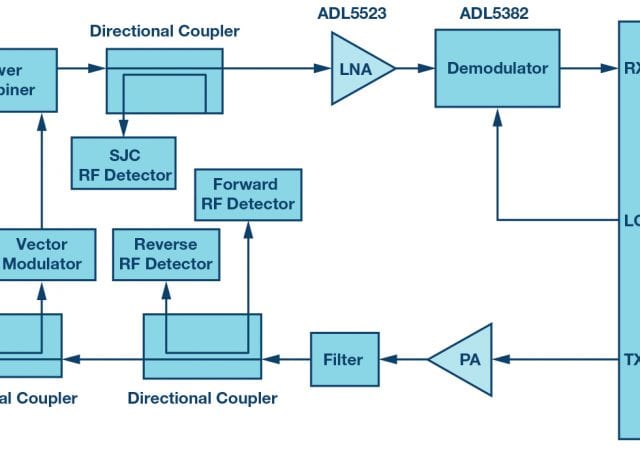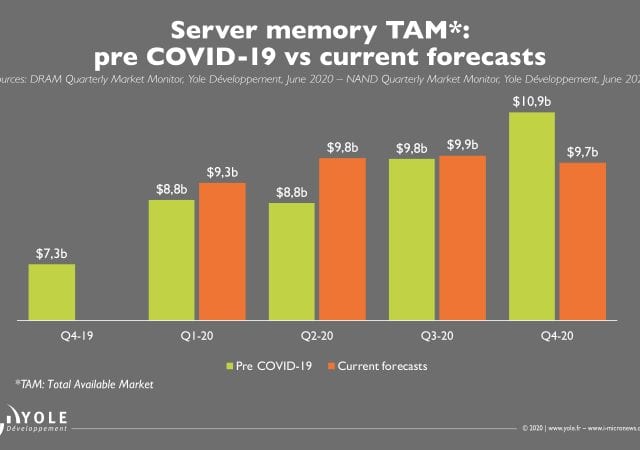CEA-Leti and Dolphin Design have developed an adaptive back-biasing (ABB) architecture for FD-SOI chips that can be seamlessly integrated in the digital design flow with industrial-grade qualification, overcoming integration drawbacks of existing ABB techniques. Fully Depleted Silicon on Insulator (FD-SOI) is a technology that allows the biasing of the transistor’s body that acts as a back gate. Unlike conventional bulk technology, FD-SOI enables a wide voltage range of the body…
Uncategorized
Secure-IC and MosChip Announce Strategic Partnership to Provide Turnkey ASIC Solutions with Embedded Security for Edge Applications
Secure-IC, the rising leader and the only global provider of end-to-end cybersecurity solutions for embedded systems and connected objects and MosChip Technologies, a semiconductor and system design services company, announce today their strategic partnership to provide Turnkey ASIC solutions, expand Secure-IC’s global presence to India and support the company growth in the country. Secure-IC’s solutions are embedded in hundreds of millions of products such as smartphones, laptops and computers, automotive…

What’s in the January/February Issue…
Each issue of Semiconductor Digest Magazine has exclusive articles. Read the January / February issue!
Hprobe, Leader in Magnetic Field Testing Creates Subsidiary in Germany and Receives First Order from Fraunhofer IPMS
Hprobe, a provider of turnkey semiconductor Automatic Test Equipment (ATE) for magnetic devices, today announced the establishment of a subsidiary company, Hprobe GmbH located in Cologne, Germany.

Outlook for 2021: Executive Viewpoints
Each year, Semiconductor Digest turns to industry leaders and analysts to get their viewpoints on what they expect to see in the coming year in terms of critical tech and business trends.
Refreshing Material Advances for Logic, Memory, and Packaging
How to keep semiconductor fabs supplied with critical materials despite a pandemic and trade wars was discussed by >250 industry experts gathered in virtual space October 21-22 during the 5th annual Critical Materials Council (CMC) Conference.

Developing a UHF RFID Reader RF Front End
Two implementations showing how engineers can trade off receiver sensitivity for reduced design complexity, component count, and board space in UHF RFID applications.

How COVID-19 is Impacting the Memory Industry
Heading into 2020 both the DRAM and NAND industries were projected to have turn-around years after suffering through much of 2018 and 2019. However, with the global lockdown triggered by the COVID-19 pandemic the outlook for the industry has changed considerably, and not all the change is for the worse. In this article we explore the impact on memory demand, how suppliers are expected to react to the pandemic, and the likely impact to pricing over the near-to-midterm.

Sensing and Computing for ADAS Vehicles: Forecasts and Expectations
ADAS sensor market will reach more than $22B in 2025 with radar and camera leading the market.

